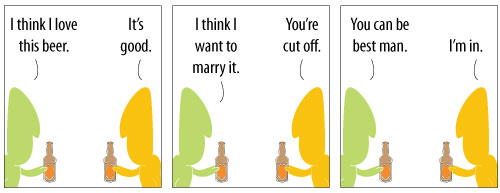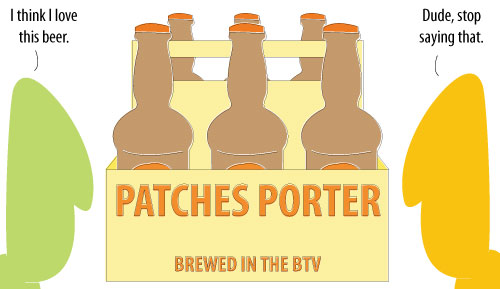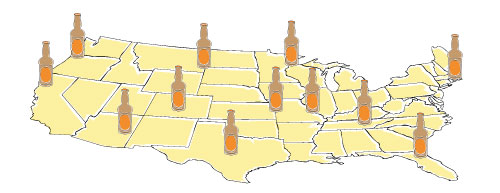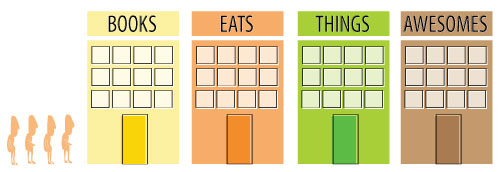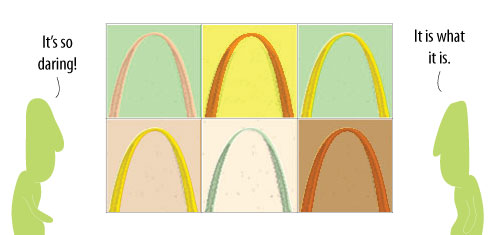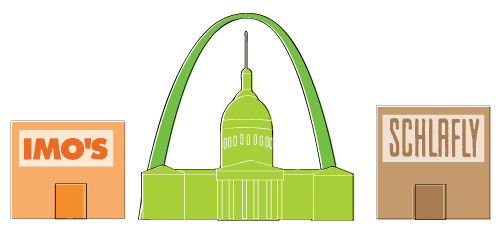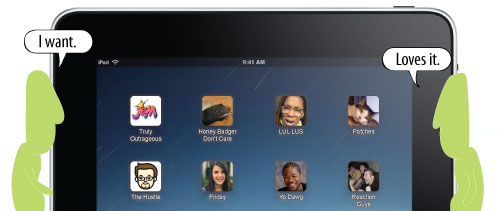A question I’ve struggled with recently is whether journalists have “brands.” I’ve heard that term a lot in the last year, at conferences and on websites, and I’m not always sure what to make of it.
I used to cringe when hearing that term. To me, it was a gimmicky word for marketers and advertisers that had no place in the sacred world of journalism. I, and other journalists like me, drew a distinction: Disney, Wal-Mart and Fox have brands, but we were just people. We were people who worked hard and wanted to be known for doing our particular jobs well, but we were just people.
But Joe Grimm, the guy who became known for the Jobs Page and “Ask The Recruiter,” changed the way I viewed the word “brand.” A few months ago at SND STL, he lectured a session called, “Building Your Digital Brand.” His overall message that was that your “brand,” if we call it that, is what you’re known for, and not some image that you manufacture.
If I and other journalists seem sensitive about the term, it’s because we’ve felt under scrutiny for wanting to promote our work. A few months ago, Gene Weingarten of The Washington Post wrote a column about journalists and brands.
Weingarten wrote the column as a letter to a reader named Leslie, who chose Weingarten as the subject of her journalism school graduate thesis. Weingarten writes:
The best way to build a brand is to take a three-foot length of malleable iron and get one end red-hot. Then, apply it vigorously to the buttocks of the instructor who gave you this question. You want a nice, meaty sizzle.These are financially troubled times for our profession, Leslie — times that test our character — and it is disheartening to learn that journalism schools are responding to this challenge by urging their students to market themselves like Cheez Doodles.
And later, when talking about modern journalists…
Now, the first goal seems to be self-promotion — the fame part, the “brand.” That’s because we know that, in this frenetic fight for eyeballs at all costs, the attribute that is most rewarded is screeching ubiquity, not talent. It is why Snooki — who is quite possibly literally a moron — has a best-selling book. It is why the media superstars of today are no longer people such as Bob Woodward, who break big stories, but people like Bill O’Reilly, who yell about them.
Yikes. That column made me never want to use the word ever again. But Weingarten’s missive also kind of confused me, because I didn’t think it was bad for journalists to share their work. It gets shared in thousands of newspapers a day, so why is it so bad to group it together in one spot on the Internet? When I need ideas and inspiration, I love looking at other journalists’ portfolios. To me, having your work in one spot to share with other journalists (and potential future employers) was a good thing. Certainly not worthy of the hot poker.
Maybe it’s the word “brand” that bothered him. Because it certainly bothered me. But if Joe Grimm and other journalists are just using the word to represent your skills and work for which you’re known, then is there less fuss? Grimm even pointed out that Weingarten himself has made a name or “brand” (gasp!) for himself and that’s why he’s so valuable to The Washington Post. When you read Weingarten, you know what you’re getting and you probably read it (or don’t) because you know what you’re getting.
And it’s occurred to me that’s been true about several journalists I’ve admired over the years:
- Mike Royko
- Lewis Grizzard
- Brian McGrory
- Bill McClellan
I like all those guys, but not because of the mystique behind the name, but because I like the work they do.
“You don’t try to brand yourself. The thing that does it is the work. And it has to be real and authentic.”
Think of it this way. Let’s say you’re looking for a graphics person who can also illustrate. You’ll start listing the names whom you know can do what you want, and then you start comparing those people’s portfolios to narrow it down. Then, you’re no longer talking about names, but rather the work and skills that defines those names.
Knowing what you’re good at doing is important as news organizations struggle to stay afloat and rethink their strategies. Grimm says:
“It’s not enough to be good. You have to be good in a remarkable way……You need to be good, and you need to be good in a remarkable way, and it has to be a valuable way.”
And why does Grimm suggest this? So that you can do more good work. When I think of it that way, and don’t use the b-word at all, I think I get it.

